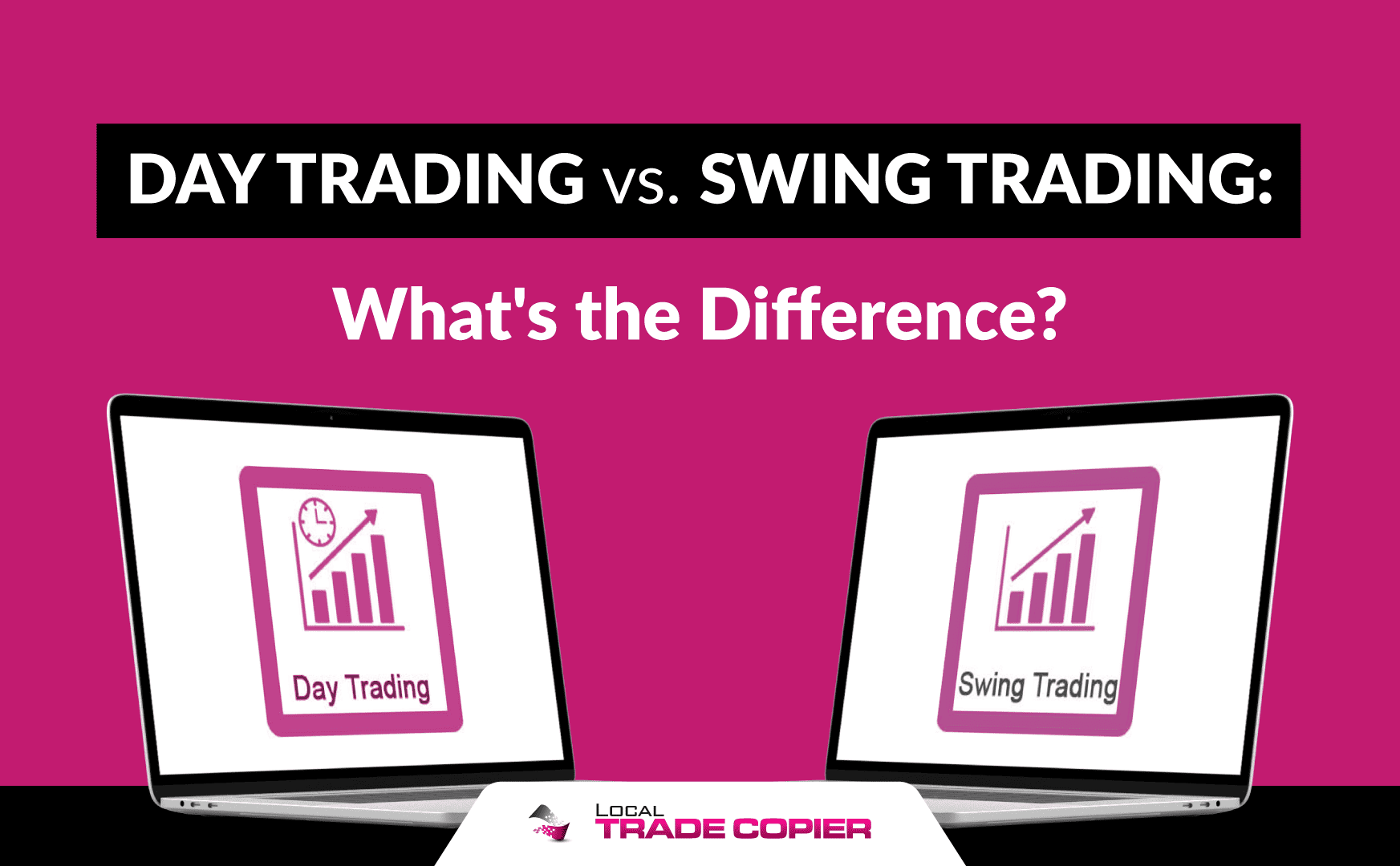
In the fast-paced world of financial markets, two common trading strategies often come into play: day trading and swing trading. While both approaches aim to profit from price fluctuations in various assets, they differ significantly in terms of their methods, timeframes, and risk profiles. In this article, we’ll delve into the distinctions between day trading and swing trading, helping you understand which approach aligns better with your investment goals and risk tolerance.
What is Day Trading?
Day trading is like the adrenaline rush of trading strategies. Traders enter and exit positions within the same trading day, aiming to profit from minute-to-minute price fluctuations. It’s a high-octane trading style that demands constant attention and quick decision-making.
Key Characteristics
- Frequency of Trades: Day traders execute numerous trades daily, often within minutes or hours.
- Time Commitment: Requires full-time attention and monitoring of market movements.
- Risk Level: High, due to rapid market changes and leverage utilization.
- Profit Potential: Quick profits can be made, but losses can be equally swift.
- Tools: Utilizes technical analysis, charts, and real-time data extensively.
What is Swing Trading?
Swing trading, on the other hand, is like the surfer’s approach to trading. Traders ride the market waves, holding positions for several days or even weeks to capture price swings within a broader trend. It’s a more relaxed trading style that allows for thoughtful analysis and less screen time.
Key Characteristics
- Holding Period: Swing traders maintain positions for a more extended period than day traders.
- Less Time-Intensive: Requires less monitoring, making it suitable for part-time traders.
- Moderate Risk: While risk exists, it’s generally lower than day trading.
- Potential Returns: Profits can accumulate over days or weeks.
- Analysis: Combines technical and fundamental analysis for trade decisions.
Differences Between Day Trading and Swing Trading
Now that we’ve outlined the basic concepts of both trading styles, let’s explore the key differences between day trading and swing trading:
Trading Timeframe
- Day Trading: Intraday, with positions closed by the end of the trading day.
- Swing Trading: Holds positions for several days to weeks.
Time Commitment
- Day Trading: Requires full-time attention throughout the trading day.
- Swing Trading: More suitable for individuals with other commitments, as it demands less real-time monitoring.
Risk Profile
- Day Trading: High risk due to frequent, rapid trades and potential leverage.
- Swing Trading: Moderate risk, as positions are held longer, allowing for more thoughtful decision-making.
Profit Potential
- Day Trading: Offers quick profit opportunities, but losses can accrue rapidly.
- Swing Trading: Profits accumulate over a more extended period, potentially yielding larger returns.
Technical vs. Fundamental Analysis
- Day Trading: Primarily relies on technical analysis, chart patterns, and real-time data.
- Swing Trading: Incorporates both technical and fundamental analysis, considering broader market trends and news events.
Which Trading Style is Right for You?
The choice between day trading and swing trading depends on various factors, including your risk tolerance, time availability, and trading goals. Here are some considerations:
- Day Trading: Opt for this style if you can dedicate full-time hours, handle high-risk situations, and thrive in fast-paced environments.
- Swing Trading: Choose swing trading if you have limited time for trading, prefer a more balanced risk-reward ratio, and can analyze markets over a more extended timeframe.
Remember that successful trading often requires a well-thought-out strategy, risk management, and continuous learning.
Conclusion
Day trading and swing trading represent two distinct approaches to navigating the financial markets. While day trading offers the thrill of quick profits, swing trading provides a more relaxed alternative with potentially larger returns over time. Your choice between these trading styles should align with your financial goals and personal circumstances.
FAQs
1. Can I switch between day trading and swing trading?
Ans. Yes, many traders adapt their strategies based on market conditions and personal preferences.
2. Which style is riskier: day trading or swing trading?
Ans. Day trading is generally riskier due to its rapid trading pace and potential leverage usage.
3. Do I need substantial capital to start day trading or swing trading?
Ans. While having more capital can be beneficial, you can start with a modest amount in both styles. Risk management is crucial.
4. Are there tax implications for day trading and swing trading?
Ans. Tax regulations vary by location, so it’s essential to consult with a tax professional regarding your specific situation.
5. What resources can help me learn more about these trading styles?
Ans. There are numerous online courses, books, and forums dedicated to educating traders about day trading and swing trading strategies.
